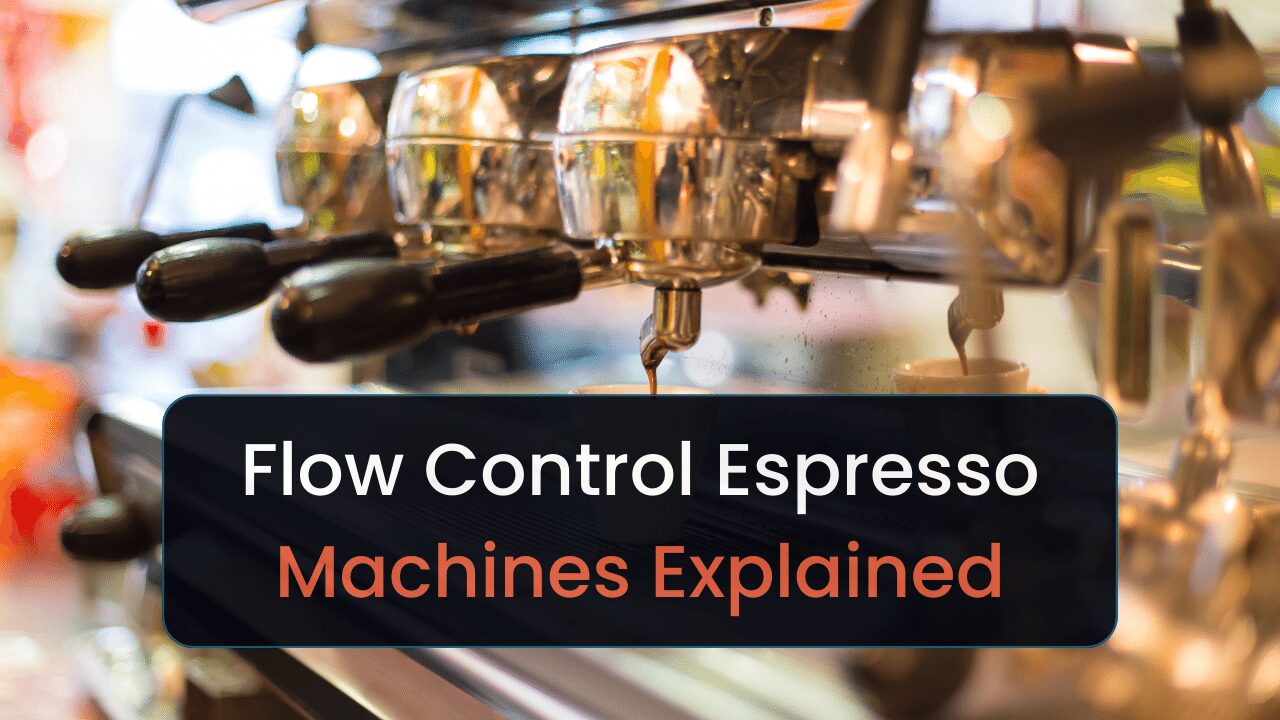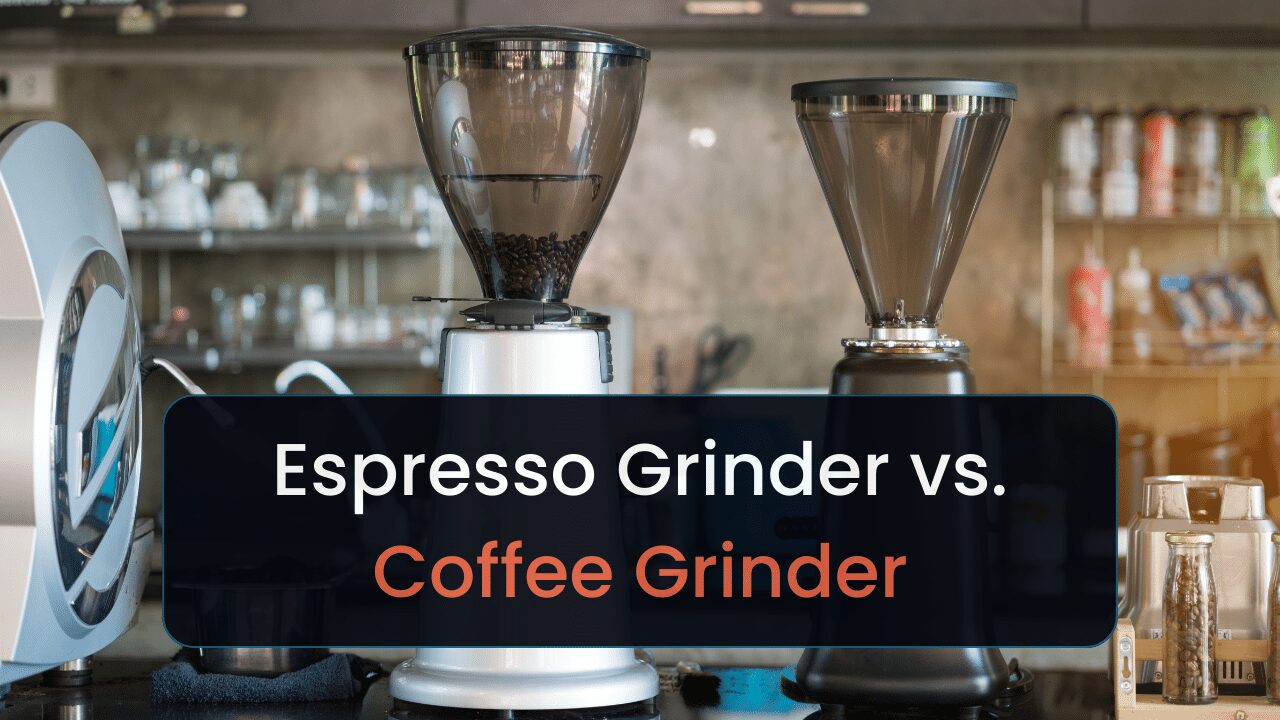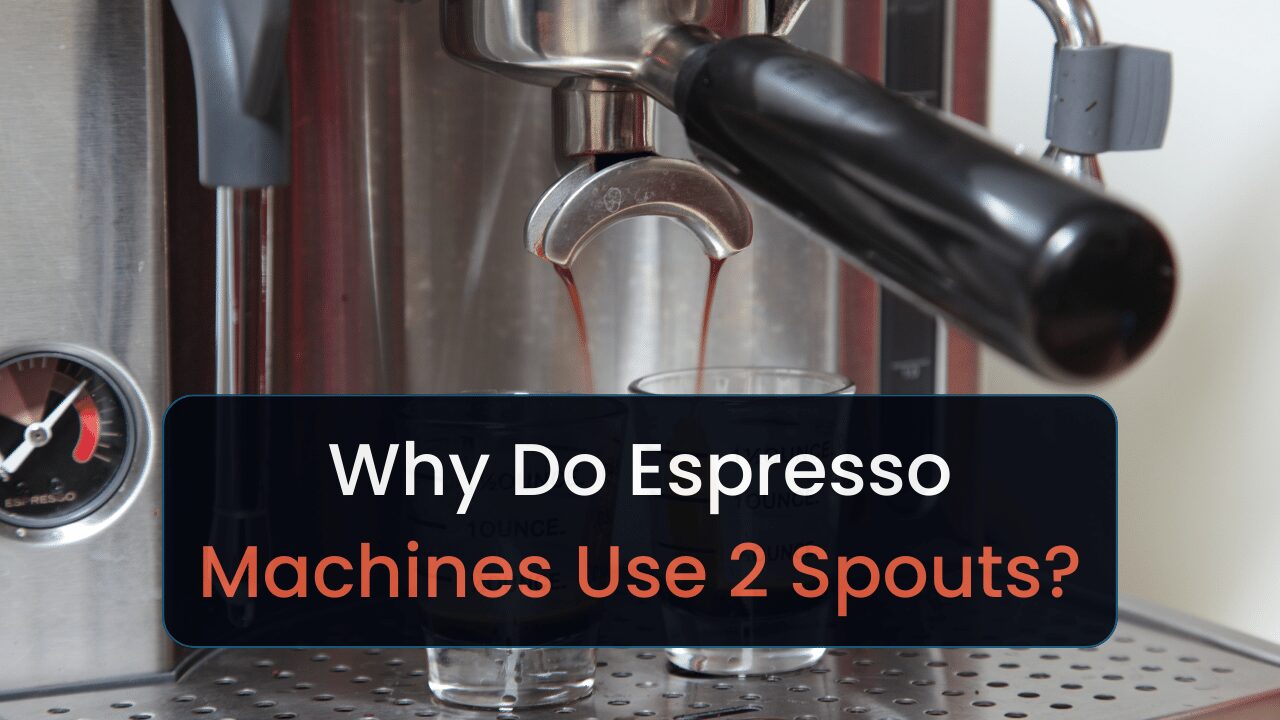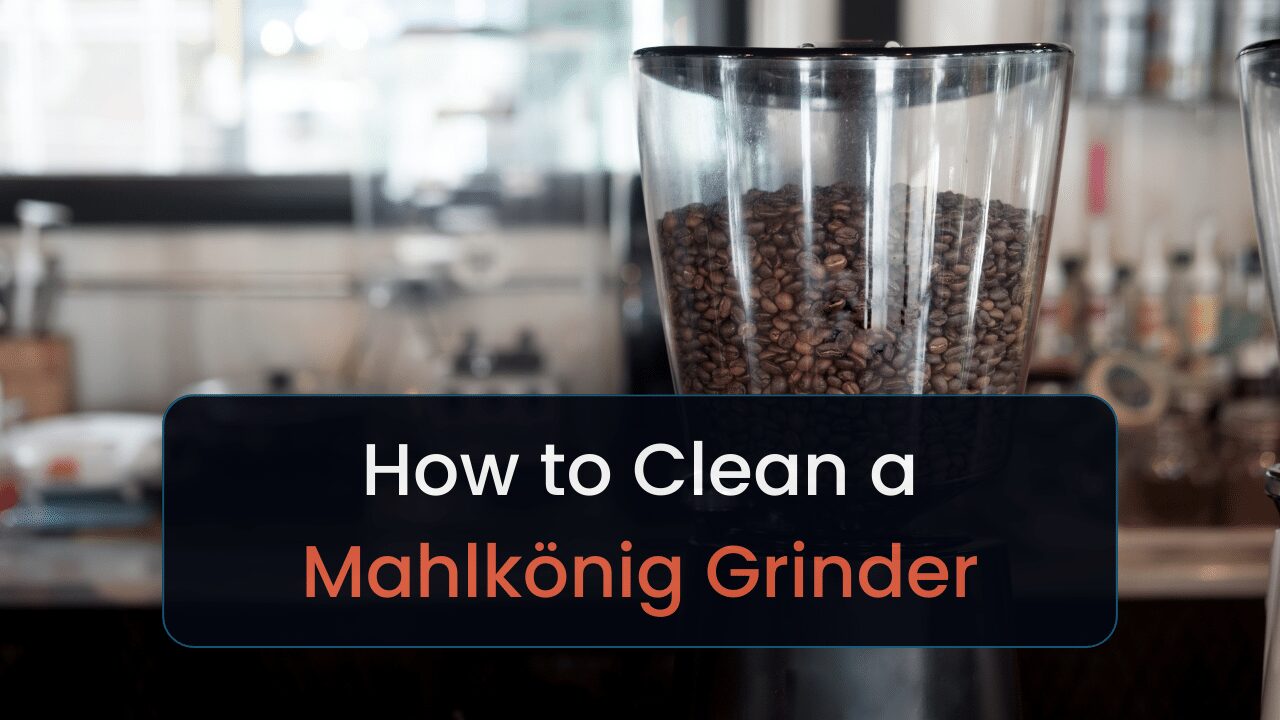This is a review of the Fiorenzato All Ground coffee grinder. Keep reading to learn more.
As a coffee enthusiast, I’m always on the prowl for a high-quality grinder. That inspired me to examine the Fiorenzato All Ground to see whether it’s worth the buy.
I’ll first cover this machine’s specs. Afterward, I’ll explain how it performs in different areas and whether it’s worth it for different groups of coffee consumers.
Let’s begin.
Key Takeaways
- Ideal for espresso & Turkish coffee.
- Not ideal for cold brew-, French press-, & percolator-brewed coffee.
- Best for folks who frequently will use 1 setting (e.g., moka).
- Get this grinder if you use 1 type of beans most of the time.
Fiorenzato All Ground Specs
First, let’s check out the specs for the All Ground:
![Fiorenzato All Ground Review in [currentyear] 1 fiorenzato all ground](https://timscoffee.com/wp-content/uploads/2023/12/fiorenzato-all-ground.png)
| Price * | $1,100 |
| Burr Type | Flat |
| Burr Material | Titanium coated steel burr |
| Hopper Capacity | 5 lbs |
| Watts | 250 watt |
| RPM for Burrs | 1600/min |
| Weight | 20 lbs |
| Dimensions (D × W × H) | 6.6 x 9.4 x 17.4 in |
| Made in | Italy |
* Average price
Fiorenzato All Ground Home Coffee Grinder Review
Pros:
- No clumping with coffee grounds.
- Titanium coating allows burrs to last longer.
- Quiet operation.
Cons:
- The smallest amount of coffee this grinder can dispense is 0.7 grams.
- Isn’t a single-dosing grinder.
- Less control with grinding precision.
Our Verdict
The Fiorenzato All Ground coffee grinder is best for someone who frequently uses one grind setting (e.g., espresso).
This is because it uses a hopper system and not a single dose. Meaning that sticking to one setting will make life much easier.
If you’re not after a single-dose grinder, this machine’s worth every penny. It has no clumping and will have some of the most consistent grinds a home coffee maker could offer.
Still not convinced? Don’t worry, I’m not finished.
I’ll cover the following areas with the All Ground throughout the following sections:
Once you’re done reading, you should have a better idea on whether this machine’s worth the relatively high price tag.
Keep reading to learn more.
1. Grounds Retention
When testing, there were 1–2 grams of retained coffee grounds when using the moka and filter settings. And more than 2 grams when grinding espresso.
This isn’t a single-dosing grinder. Meaning that there’s more of a chance for grind retention after grinding. And with the extra grounds stuck in your machine, you risk mixing stale old beans with your fresh beans.
I recommend getting a coffee grinder bellow. Cheap ones are around $20, and more pricier ones reach $50. The differences I’ve noticed between the more affordable and expensive grinders are as follows:
- Longer warranties: With more expensive models.
- Varying grinder inlet requirements: This depends on the model chosen.
- Whether they’re 3D printed: Supposedly non-printed models last longer.
You’d place a bellow over your grinder inlet and push several times to force air through your grinder. The gust will force residual grinds out of your machine.
I recommend using this after every grind.
If that doesn’t matter, you’ll want to check whether this machine’s quality matches its price.
Summary: The All Ground has some coffee ground retention since it uses a hopper distribution system.
2. Build & Burr Quality
This thing is beefy and heavy and feels like it should be in a café or coffee shop. Though, it’s technically not a prosumer or commercial device. The casing doesn’t feel cheap. It should withstand wear and tear well.
Don’t believe me?
Here’s a video I found of an enthusiast performing an in-depth test on this machine’s build quality:
In short, his video mentions how the burrs have perfect alignment and the manufacturers had immense attention to detail.
I don’t like that this grinder will have difficulty fitting under most wall cabinets, though. Most kitchens will have around 18 inches of space between the bottom of the wall cabinet and the countertop [1].
The grinder is 17.4 inches in height. That height doesn’t account for the vertical clearance you’ll need when adding beans to the hopper. You’ll need to move the grinder whenever it requires filling.
And if you want the freshest beans possible, you’ll want to refill it often with fewer beans. The hopper case isn’t opaque. Thus, it won’t block UV rays that could shorten your beans’ freshness.
This machine uses 64 mm M340 steel burrs, which means that it’s steel used for food-grade purposes. And it has a titanium coating, which will give these burrs a 5–6-year life. So long as you make 3 coffees a day using 18 g of beans.
The titanium coating also prevents overheating with the burrs. A common issue that steel burrs face, which lead to bitter-tasting beans [2]. Because of this, you’ll get more flavor out of your beans.
There’s a unique design to these burrs, though.
They use what’s called “unimodal particle distribution.” This distribution system ensures that when you’re using the espresso grind setting, you’ll get the finest coffee grounds. And when you switch to, for instance, filter, it’ll adapt and not produce as fine of grounds.
That sounds like something that every grinder should do, but it’s not. Which is what makes the All Ground unique.
Once you’re done grinding, you’ll need to clean your grinder. Will this be an easy task?
Summary: The burrs should last you for 5–6 years with proper care and cleaning. The All Ground will have difficulty fitting under wall cabinets that have less than 18” of space.
3. How Easy Is It to Clean & Maintain?
When it comes time to clean your grinder, you’ll need to take off the adjustment collar. You’ll need to turn the dial to the coarsest setting, press a pin, twist again, then pull off the collar.
From there, you’d remove it—along with the upper burr—and have easy access to cleaning the inner burrs. By the way, I recommend cleaning this baby at least once a month. Or whenever you switch coffee beans. That way, you don’t mix stale beans with your fresh ones.
No tools required to disassemble your grinder. Making it accessible to more folks.
I mentioned that you’ll need a coffee grinder bellow. That recommendation still stands. As it’s something that you’ll want to do after every use. What I mentioned a second ago is deep cleaning.
If you’re a moderate coffee drinker, you’ll need to replace the burrs after every 5 to 6 years. Or when your grinder stops grinding consistently without explanation. Replacements that I’ve quoted cost around $220 for a set [3].
The rubber neck on the dosing bin has proven annoying to clean. It’s easy for chaff to get stuck to it, and you can’t knock it off. Thus, you may prefer to remove the rubber part. It’ll make the bin much easier to clean.
Otherwise, there’s no other maintenance you’ll need to perform with this machine.
Now that you know it’s easy to clean, how does it do with different brewing methods?
Summary: You don’t need any tools to remove the grind adjustment collar and upper burr chamber. You will need to reset your settings after removing these components. Replace burrs every 5-6 years if you drink a lot of coffee.
4. How It Does When Grinding for Different Brewing Methods
The All Ground focuses on grind settings for the following 3 types of coffee making:
You’ll use the dial to adjust your settings. And whatever setting you’re on will bring up a different option on the screen. Say you dial the collar to the “filter” setting. Your touch screen will turn green, and a Chemex-like icon will appear.
Each screen will operate differently.
If you go onto the filter screen and press the icon, the machine will power on until you press the button again. The moka screen will power on, so long as your finger remains on the button. And the espresso screen has a single-shot or double-shot (doppio) button.
And there’s a manual button (the hand icon). You press and hold it down for as long as you want to grind your beans.
How the moka and filter screen interact with you pressing a button is strange, but not a dealbreaker.
I’ve noticed that the beans, when ground coarse, didn’t appear as so. They seemed a bit “fine.” Meaning, I wouldn’t recommend using this for methods that require extra coarse grounds like French press or cold brew.
The finest setting will give you a grind that’s suitable for Turkish coffee, which requires beans ground to a powdery texture.
However:
The grind control collar provides dots and not numbers. And you can’t use the touchscreen to have further control over the smaller numbers of your coffee’s grind. Some hardcore espresso enthusiasts may not like this.
If you’re switching from grind modes, change the dial to your desired setting, then grind 2–3 grams of coffee beans. This ensures you won’t get mixed consistencies in whatever you’re grinding next.
For instance, using this method when switching from espresso to moka pot ensures you don’t mix fine grounds with your coarse ones.
Ensure you change the grinder’s mode with the collar WHILE it’s running to eliminate the risk of damaging it.
How do these grounds look when they come out?
Summary: This grinder works best for Turkish coffee and espresso. Different areas will appear on the touchscreen that’ll affect how your coffee is ground.
5. Ground Consistency
When grinding for espresso, I noticed no clumps or out-of-shape coffee grounds. And because of this, I didn’t need to use a WDT distribution tool to further break down my coffee grounds.
An accomplishment I’ve seen from few grinders.
And though I didn’t use a WDT distribution tool, I didn’t notice any espresso channeling.
The same goes for coffee grounds used for moka and filter coffee. When using the moka maker, the coffee puck wasn’t too wet or dry. That’s what you want.
The consistency is partially due to the All Ground using flat burrs instead of conical ones. That’s because their flat surface mashes the coffee beans into a consistent, smooth size.
With such a powerful motor grinding the beans, doesn’t the All Ground get loud?
Testing suggests that the All Ground has a noise level of 86 dB. This isn’t too high, but is around the typical volume for a household coffee grinder [4].
Now that all the main stuff is out of the way, let’s see what else this machine offers.
Summary: You’ll notice no clumps in your grinds. Grounds from the All Ground will result in well-formed espresso and moka pucks.
6. Features
The adjustable portafilter fork holder will support any size of portafilter. Giving it a massive advantage over opposing machines that only support specific sizes.
While it does have a touchscreen, it’s not how you’ll power on and off the machine. There’s an optional manual on/off switch on the side. Which makes it much easier to use for anyone who might have wet fingers or doesn’t want to get fingerprints on the touchscreen.
When using the touchscreen, you must press/hold or tap the button for your beans to grind. The espresso manual button and moka screens require you to press hold. Single/double shot espresso and filter require a tap.
Upon pressing, a countdown timer will appear. The times it’ll take to grind the beans will vary. For instance, it’ll take a double shot 17 seconds to grind. You cannot change the preset times. But you could go into manual mode if you want control over the time to grind.
It includes a dosing bin for brewing moka pot or filter coffee. It’ll ensure stray grounds don’t fly everywhere when grinding. And you’ll place it on the portafilter holder.
There’s a bit of an annoyance here. It’s difficult for the rubber part of the dosing bin to wedge into the grind dispenser when the portafilter fork is positioned higher. Meaning you’ll need to move the fork’s position when using the dosing bin.
That’s inconvenient if you wanted to keep a fork in a specific position when brewing espresso.
Summary: The touchscreen requires some practice to perfect. Meanwhile, the dosing bin may prove a bit annoying to use.
Conclusion
Fiorenzato did a fantastic job producing a home coffee grinder that suits multiple brewing methods. Preventing you from needing to buy more than 1 grinder. However, since it doesn’t use a dosing distribution system, you may not like it if you frequently use many types of beans.
Do you need more recommendations on coffee grinders? Check out other models we’ve covered.






